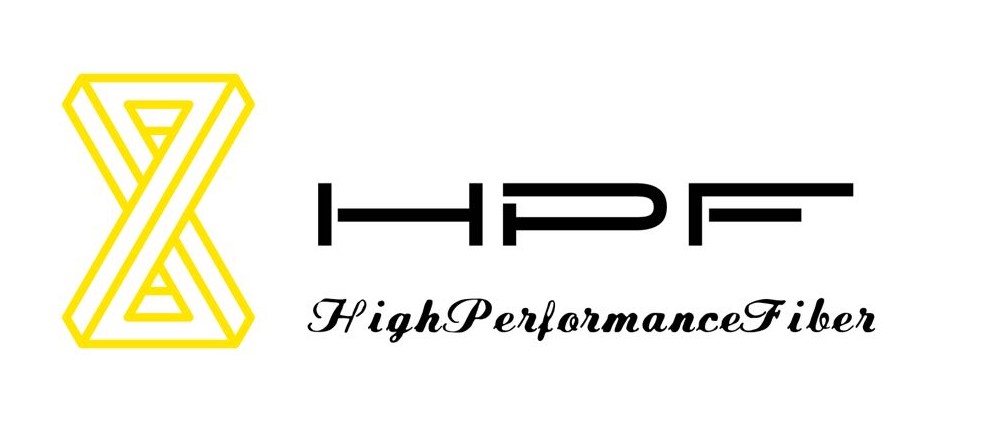
1. Mechanical Property Testing
- Tensile Modulus:
- K29 aramid fiber: Low modulus (~70 GPa), designed for high toughness (ballistic resistance, cut protection).
- K49 aramid fiber: High modulus (~125 GPa), optimized for stiffness in composites (aerospace, marine applications).
- K129 aramid fiber: Intermediate-high modulus (~96 GPa), balancing toughness and modulus (advanced ballistic armor).
- Elongation at Break:
- K29 (~3.6%) > K129 (~3.4%) > K49 (~2.4%).
- Test Standard: ASTM D7269 (fiber tensile testing), requiring high-precision universal testing machines.
2. Thermal Analysis
- Thermal Decomposition Temperature (TGA):
- All grades exhibit initial decomposition near 500°C, but K49 may show slightly higher residual char due to higher crystallinity.
- Glass Transition Temperature (DSC):
- K49 may display marginally higher Tg (detectable via high-sensitivity DSC) owing to more ordered molecular packing.
3. Optical Anisotropy (Polarized Light Microscopy)
- Birefringence Intensity:
- Aramid Fiber K49 > K129 > K29, correlating with molecular chain orientation.
- Aramid Fiber K49 displays the brightest interference colors (e.g., blue-violet) under crossed polarizers.
- Extinction Angle: Orientation differences may alter extinction patterns upon stage rotation.
4. Density Gradient Method
- Density Differences (requires precision to 3 decimal places):
- Aramid fiber K29: 1.44 g/cm³
- Aramid fiber K49: 1.45 g/cm³
- Aramid fiber K129: 1.44–1.45 g/cm³
- Limitation: Minimal differences (<0.01 g/cm³) necessitate high-precision density gradient columns or helium pycnometry.
5. Wide-Angle X-ray Diffraction (WAXD)
- Crystallinity and Orientation Angle:
- K49 has the highest crystallinity (narrowest azimuthal half-width), K29 the lowest, and K129 intermediate.
- Quantified via (004) lattice plane diffraction peak intensity and width.
6. Chemical Structure Analysis (Supplementary)
- FTIR Spectroscopy:
- All grades share identical poly(p-phenylene terephthalamide) (PPTA) spectra (e.g., 1640 cm⁻¹ amide I band).
- Raman Spectroscopy:
- Orientation-dependent polarization effects (e.g., 1610 cm⁻¹ aromatic ring vibration) may indirectly differentiate grades.
7. Application Context and Supplier Data
- Usage Inference:
- K29: Ballistic vests, gloves (flexibility prioritized).
- K49: Satellite structures, sailboat rigging (high rigidity required).
- K129: Lightweight ballistic armor (enhanced toughness).
- Supplier Datasheets: Cross-reference technical parameters (modulus, density) from DuPont (now Chemours).
Conclusion
Optimal Differentiation Strategy:
- Primary Methods:
- Polarized Light Microscopy + Tensile Modulus Testing (rapid and reliable).
- WAXD Crystallinity Analysis (lab-grade precision).
- Supplementary Validation:
- Density gradient method (requires high-precision instruments) or TGA residue comparison.
- Engineering Reference:
- Align with application scenarios and supplier documentation (e.g., K49 is specialized for composites).
For further experimental design or parameter comparisons, specific testing conditions can be provided to refine the approach.



